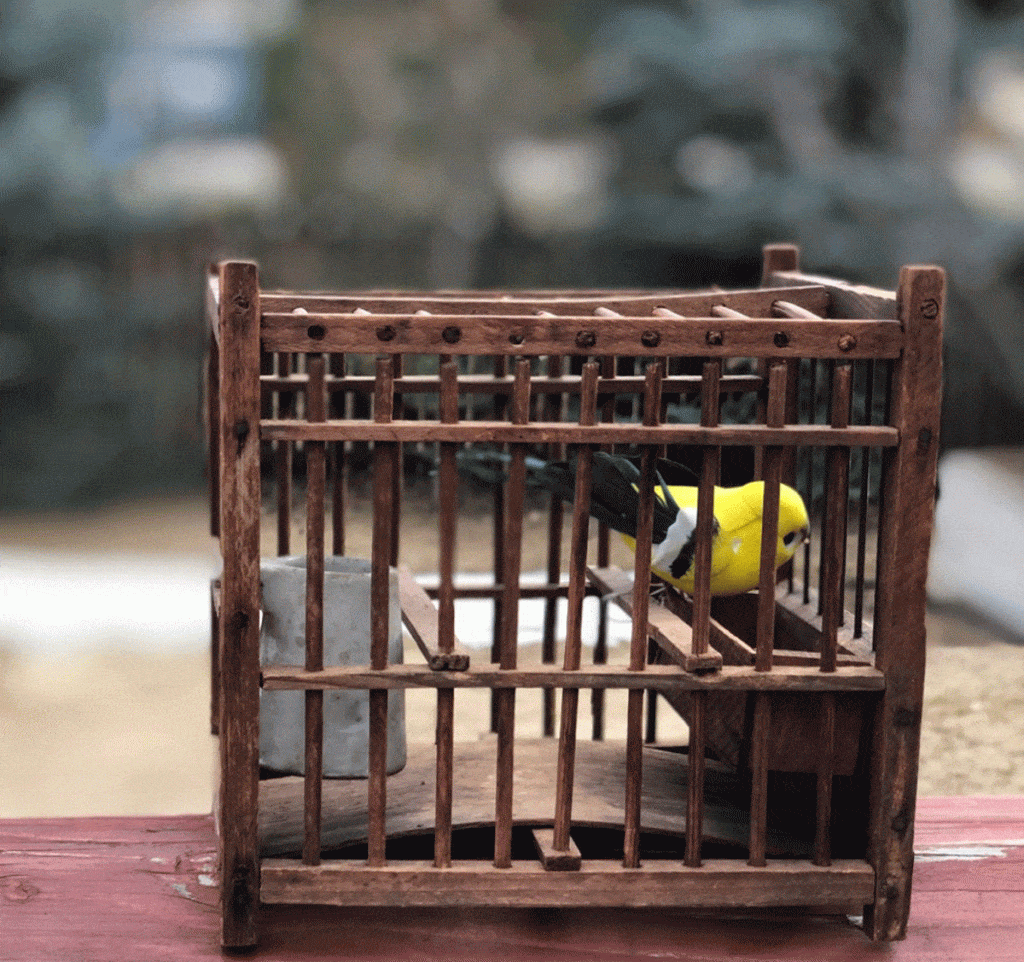The following article by Donovan Symonds is the first of two on the shared history of Coal and Silver Mining in Summit County.
Park City silver mines are familiar to many Park City residents; but another kind of active mining area existed in Summit County about fifteen years before prospectors descended on “The Park.”
In 1854 the territorial legislature offered a $1,000 cash prize for the discovery of the “first coal vein not less than eighteen inches thick within 40 miles of Salt Lake City.” The nearest coal mines to Salt Lake City were started in the settlement of Chalk Creek, now Coalville, in the 1860s. Many small mines (at least 8) sprung up around the canyon walls east of Chalk Creek. In many cases, the seams were thick (over 8 ft) but were structurally complex and not suitable for large scale mining. During the 1880s to 1890s Chalk Creek mines supplied coal to the Park City mines and Salt Lake Valley. Records show that R.C. Chambers, a well know mining leader in Park City, was President of Home Coal Co. which shipped 110 tons/day to the Ontario mine. The Coalville mines continued sporadic operations until 1940.
A significant difference between coal and silver mining relates to safety issues. Coal mining releases methane, known to the miners as “firedamp,” which is highly explosive under certain concentrations (approximately 5% to 17%). Even more dangerous is a coal dust explosion which is usually triggered by a firedamp ignition. These explosions consume oxygen in the mine air and leave behind a harmful combination of colorless/ odorless carbon monoxide and carbon dioxide, known to the miners as “afterdamp.” The worst coal mine explosion in Utah occurred at the Winter Quarters mine near Scofield in 1900 when at least 200 miners died. Some former Coalville miners lost their lives at Scofield, but also at Almy in Wyoming (near Evanston) which had 38, 11 and 62 fatalities due to explosions in 1881, 1886 and 1895 respectively.
The Daly West/Ontario silver mines (Park City) disaster of 1902 was the worst hard rock mining accident in Utah history. Thirty-two miners were killed when noxious gasses (afterdamp) spread through the two mines following a massive accidental detonation of explosives in an underground storage chamber (which killed two men instantly).
Canaries – yes, the bird – were introduced into mines in 1913. They were unable to save lives at Scofield, Almy or Daly West/Ontario but later saved many hundreds of miners’ lives. Canaries were often carried by foremen to alert the miners to the presence of toxic gases (see photo). Canaries respond very quickly to the presence of such gasses and can alert the miner to the danger, usually by becoming highly agitated and, in extreme cases, falling off their perch. The bird’s rapid heart rate and high metabolism allow it to react to the presence of carbon monoxide or methane well before a miner is aware of the danger. This early warning capability led to the iconic phrase “canary in the coal mine”.

Credit: Photograph courtesy of Donovan Symonds
The last canary retired from coal mining in 1986.
Donovan Symonds is a retired mining consultant with a PhD in mining engineering. He will give a lecture on the relationship and differences between coal and silver mining for the Park City Museum in conjunction with the Friends of Ski Mountain Mining History on a date to be determined. The Museum is closed until further notice under State Health Department guidance during the COVID-19 pandemic.